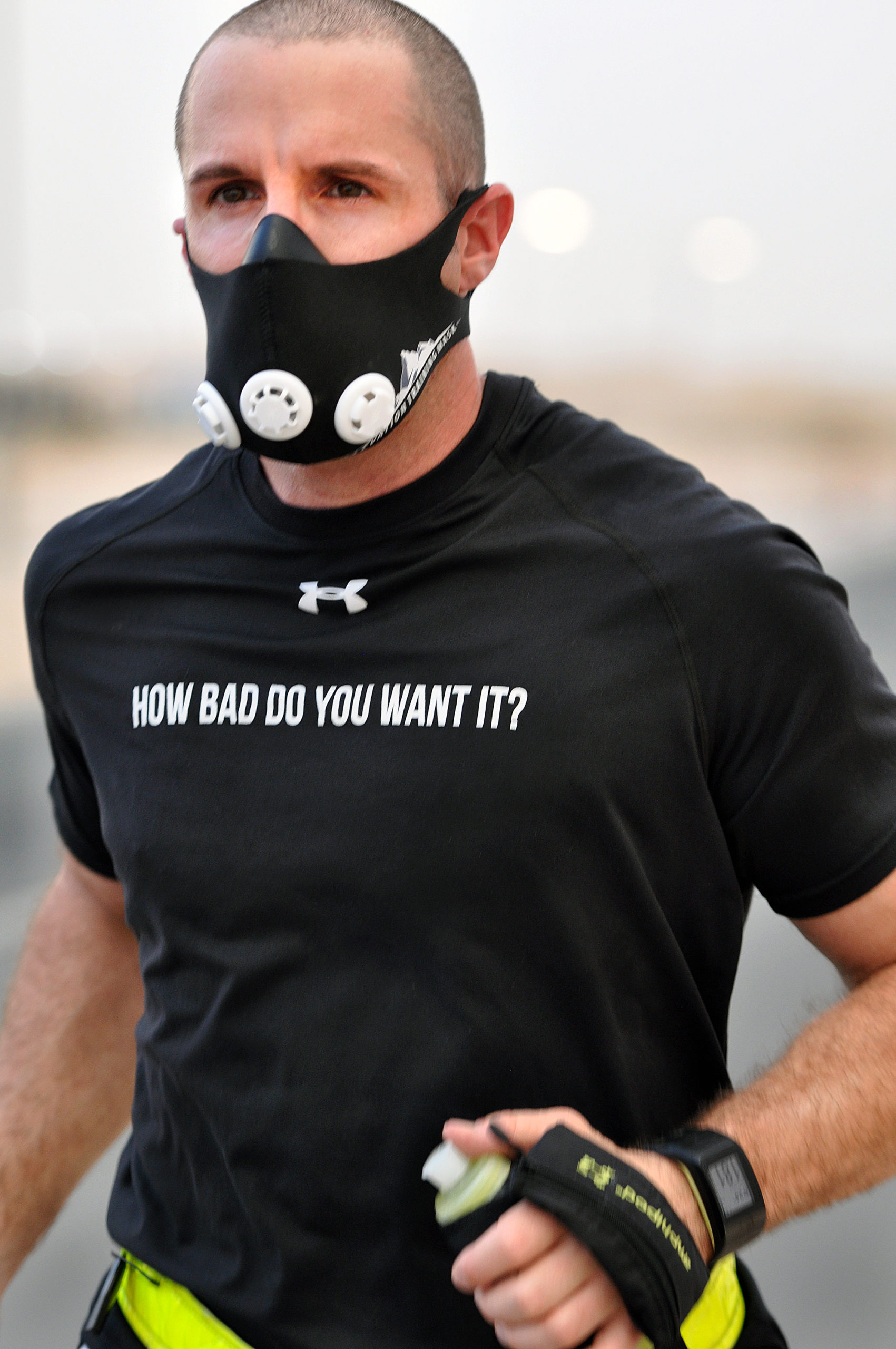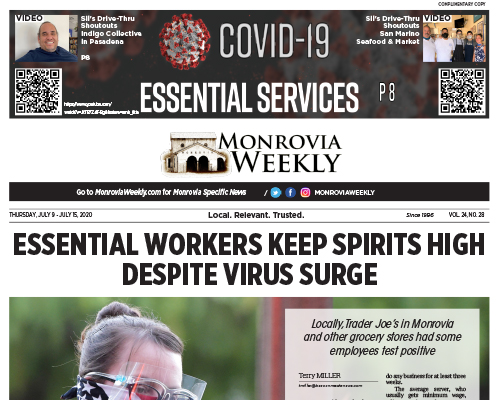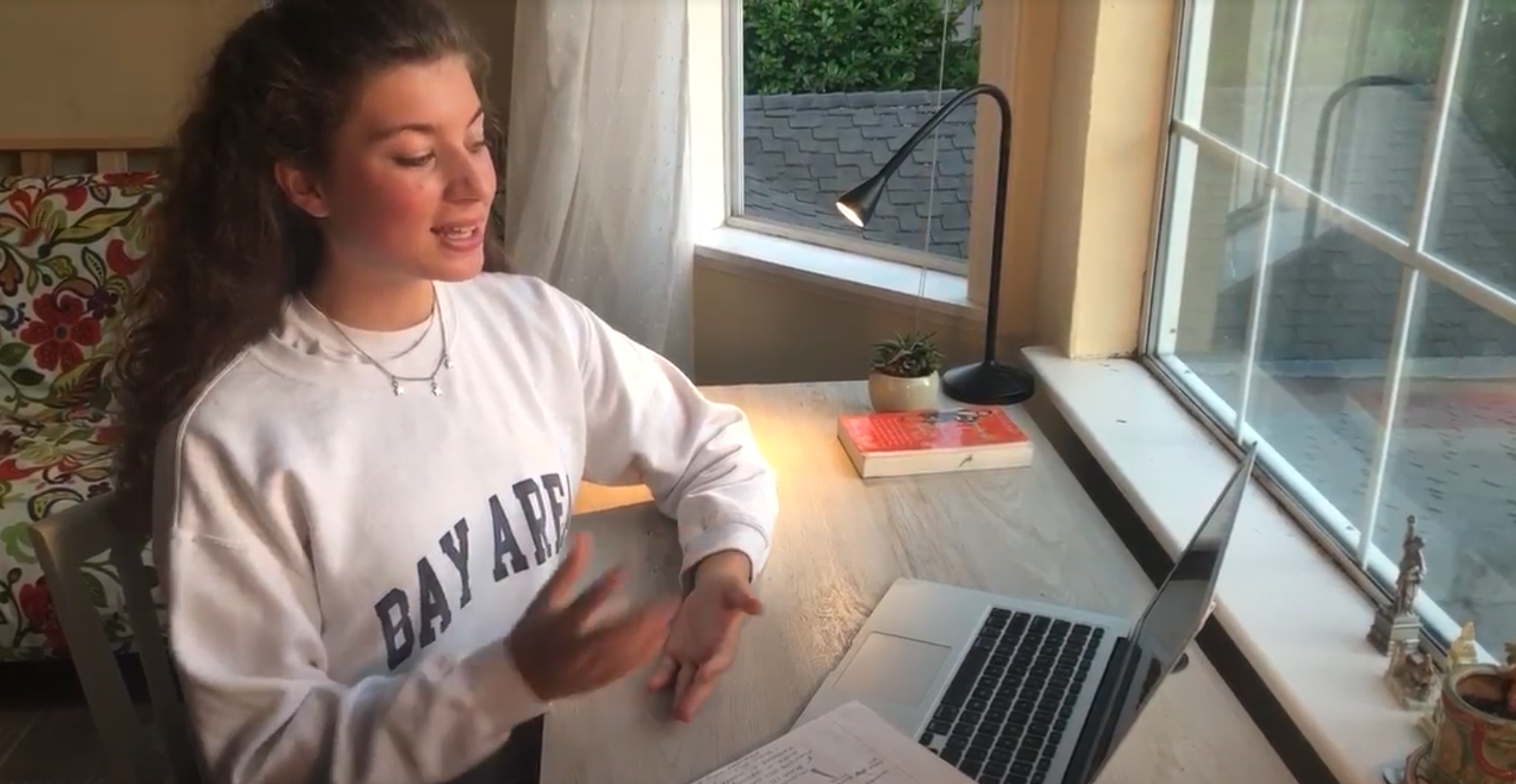By Robbie Alexander, NSCA-CPT, APDT
With all the ways COVID-19 has changed everyday life, the strangest change has to be how society has responded to the fear of COVID-19. In this article, I want to get your thoughts focused on why you’re wearing a mask. Also, how and where you’re wearing your mask.

Consider this excerpt from a The Philadelphia Inquirer article:
“’If you’re in an area where you know you’re going to be crossing paths with a lot of other people, you 100% should be wearing a mask, but in general, try to avoid those situations,’ says Patrick Davitt, the director of the University of Sciences’ Health Science Program.
“Davitt suggests finding less crowded areas and avoiding peak hours. As an avid runner currently training for a 100-mile race, he runs almost daily, often still outside, and without a mask during early morning jaunts.
“’As long as you’re running alone in an unpopulated area, you can keep the mask at home,’ says Davitt. ‘But if you see someone in your oncoming path, cross the street well in advance — it’s just common courtesy as a runner.’
Walking/Running/Training Alone
Masks restrict oxygen intake. Personally, after just a trip to the grocery store, I can’t wait to rip off my mask so I can take a deep breath.
As a functional fitness consultant with 30 years of experience, I coach people to proactively live healthier. It makes perfect sense to me that the more intense your training is, the more your body needs to process oxygen. Ultimately, your goal should be to increase your ability to process oxygen so that your body’s systems can work more efficiently.
There are athletic benefits to properly restricting air flow and oxygen for the short term during training. There are hypoxic results from training as if in higher altitude environments. This temporary training, however, has its place with a specific, short-term design during training. This includes you eventually returning to life and competition without the oxygen restriction.
If you are running alone, off the treadmill and outdoors, do you pose a threat to anyone or are you in immediate danger of being breathed, coughed or sneezed on? However you answer this question should determine if you should always be wearing a mask.
Where Are You Wearing Your Mask?
Whatever type of mask you’re wearing, consider its positioning on your face. Is it sitting under your nose? Are the sides buckled up and letting the air in or is there a tight seal all the way around? Without a seal, you’re probably not making yourself as safe as you think you are while protecting others from what you may have. Consider if someone infected with an airborne contagion is within the suggested 6 feet of you and they sneezed in your direction at the same time you inhaled. With the way you’re wearing your fashion-conscious mask, what are the odds of you playing catch with those dangerous contagions? (Find guidelines from the California Department of Public Health on wearing face masks here.)
When planning how to safely step outside of your home to function in society, remember to include common sense in your social distancing strategies.
Remember, real health begins with inner wealth!
You should consult your physician or other health care professional before starting this or any other fitness or nutritional program to determine if it is right for your needs. This publication offers health, fitness and nutritional information and is designed for educational purposes only. You should not rely on this information as a substitute for, nor does it replace, professional medical advice, diagnosis, or treatment. If you have any concerns or questions about your health, you should always consult with a physician or other health-care professional. Do not disregard, avoid or delay obtaining medical or health related advice from your health-care professional because of something you may have read in this article. The use of any information provided in this article is solely at your own risk.






